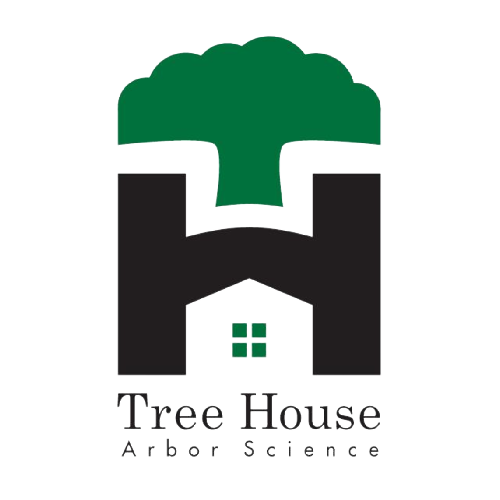Tree Care: Watering Your Trees
The trees in our Urban Forest are amazing organisms. They provide shade, food, and habitat for animals. They reduce heating and cooling costs, prevent erosion, assist in storm runoff mitigation, store carbon, and provide beauty and character in our urban landscape.
Madison’s urban forest does a lot for us. What can we do for our trees? During the growing season, the best thing we can do for our trees is make sure they get enough water.
New trees and mature trees like this beautiful spreading oak near Lake Wingra all need enough water to thrive.
A mature tree needs on average one inch of rain each week to be healthy and to fight off attacks from insects, injuries, and pathogens. If conditions remain dry, consider watering your trees once each week unless we get some good rain. A 2-inch diameter tree needs 15 gallons of water each week (about 30 minutes with a soaker hose or a low sprinkler).
Larger trees need even more water, so consider setting up an oscillating sprinkler beneath the canopy and letting it run for an hour. Oscillating sprinklers are the kind we’re all familiar with. You probably ran through them as kids. Tom really likes the Melnor 65079-AMZ. You can get it on Amazon for about $25.
Sometimes the simple solution is the best solution: an oscillating sprinkler for tree watering.
Early morning is the best time to water as temperatures and sunlight won’t cause the water to evaporate, giving trees and plants time to absorb the water. Avoid watering overnight as this can promote fungal and bacterial growth. A lot of Madison homeowners water in the late afternoon, and that’s fine.
Water the tree’s root area and avoid watering the leafy crown as this can lead to fungal issues.
Enough water can help a tree avoid stress. Stressed trees often descend into a decline cycle, preventing them from repelling attacks by insects and pathogens. We often see mature trees in the Shorewood, Maple Bluff, Vilas, Monroe-Dudgeon and Regent neighborhoods that would otherwise thrive become stressed and lose vigor after experiencing dry conditions. The stress predisposes trees to infection by opportunistic fungi and inhibits the tree’s ability to wall off and isolate the fungus.
Stressed trees give off chemical signals that insects key in on, so insects come into play here as well. Insects flock to drought-stressed trees, causing damage to the trees vascular system and introducing fungal pathogens that can cause structural wood rot. Once a cycle of decline begins in a tree it can take a lot of effort and attention to get it turned around.
Summer is the time everyone is thinking about lawn care, but this summer, give some thought to your trees too! Keeping your Madison area trees adequately watered this summer could mean the difference between a thriving tree and a dying tree.
If you have any questions about your trees and how to care for them, contact us via phone, email, or by filling out the form below and we'll respond within 24 hours. We love tree care and want to help you keep your trees healthy and happy.


